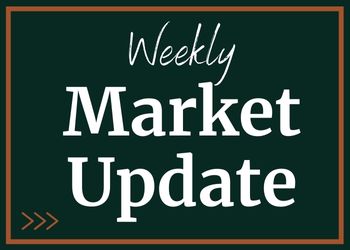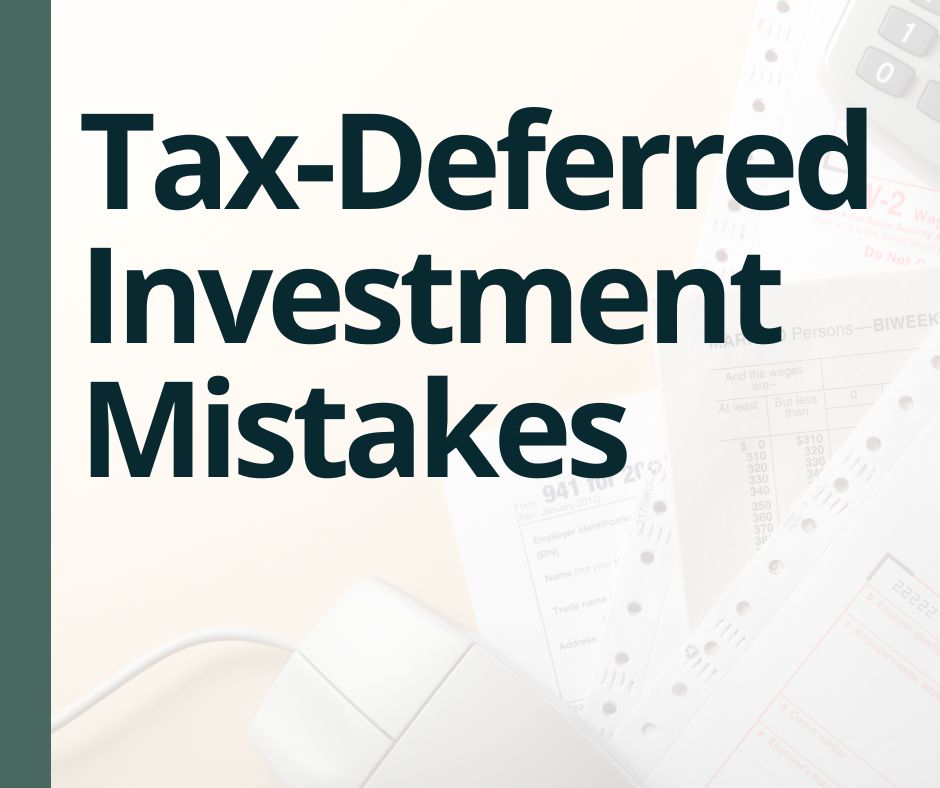Economic Outlook: Optimism with Cautious Considerations
We recently held our internal Cornerstone Investment Committee meeting to discuss various topics as we approach 2025. As always, we prioritize proactive market strategies, evaluating economic trends and potential risks to navigate changing conditions effectively.
There’s a sense of optimism around U.S. policy, the economy, earnings growth, consumer confidence, and business confidence. The best-case scenario includes resilient consumer spending driven by healthy job growth, fiscal stimulus from programs like the Inflation Reduction Act and the CHIPS Act, and continued investment in transformative sectors like artificial intelligence. However, we also considered a worst-case scenario: a potential recession triggered by the Federal Reserve over-tightening, leading to a collapse in consumer and business spending.
Interest Rate Scenarios: What Lies Ahead?
We discussed how economic growth could support robust job creation while disinflation might continue, fueled by falling energy prices, retail discounts, a strengthening dollar, and potentially declining shelter costs. However, tariffs remain a wildcard, with inflationary implications that could disrupt this outlook.
Two possible interest rate scenarios were explored:
- Rates declining due to moderating growth, decelerating inflation, and Fed easing.
- Rates rising due to tariff-driven inflation, stronger-than-expected growth, or increased government spending.
Mid-cap Stocks, Key Sectors, and Global Positioning
Regarding equities, mid-cap stocks appear well-positioned as they balance exposure to U.S. economic strength while being somewhat insulated from tariff risks. Small caps may struggle if the Fed refrains from aggressive rate cuts next year. We also identified technology, healthcare, and industrials as key sectors to watch, given their potential for strong earnings growth. The U.S. is likely to remain the strongest performer globally, thanks to superior economic growth, dynamic corporate leadership, and exposure to preferred sectors.
Political and Policy Impacts on Markets
The conversation then shifted to political developments. President Trump’s return to office brings the potential for sweeping tariffs on China, Mexico, and Canada, with the Senate playing a pivotal role in confirming his key appointments.
The debt limit, which requires bipartisan support, is likely to become a priority in the first half of 2025. Deregulation efforts by the Department of Government Efficiency (DOGE) could enhance cybersecurity and overall government efficiency.
Additionally, we discussed the potential extension of the Tax Cuts and Jobs Act, with scenarios ranging from a 4-5 year extension costing $2 trillion to a 10-year proposal estimated at $4.6 trillion. New provisions, such as eliminating taxes on tips and overtime, are likely to benefit lower-income households.
We touched on commodity markets, including volatility in oil and the impact of tariffs on critical resources like copper, lithium, and uranium. Concerns around inflation and interest rates persist, particularly for longer maturities in fixed income if inflation remains elevated.

Global Market Trends and International Exposure
From a global perspective, we see uncertainty across markets in China, the Eurozone, emerging markets, Japan, and the UK. As a result, we’re maintaining a cautious stance on international equities, reducing exposure to funds like Euro Pacific Growth and Vanguard International Value in favor of a Vanguard Foreign Large Cap Blend Index Fund to manage volatility and focus on stability.
During our Q4 2024 review, we noted several key developments:
- The Federal Reserve cut rates, but headline inflation accelerated for two consecutive months.
- President Trump won the presidential election, with Republicans sweeping both the House and Senate.
- The Fed’s balance sheet dropped below $7 trillion, the lowest since May 2020.
- The 10-year Treasury yield rose 87 basis points, reaching a seven-month high.
- The S&P 500 posted its fifth consecutive quarterly gain, ending the year with over 25% total returns for the second straight year.
- European equities underperformed global markets by the widest margin since 1990.
- Gold declined for the first time in five quarters, while the U.S. dollar index saw its best quarterly gain since Q1 2015.
Portfolio Changes: Strategic Adjustments
Looking ahead, we anticipate challenges in reducing inflation from 3% to 2% given potential tariffs and fewer Fed rate cuts, which could pressure the bond market.
Rowe Price and Raymond James shared their insights, and we’ve made adjustments to the mix of our portfolio constructions considering those recommendations.
- Fixed Income: To reduce duration by replacing the Loomis Sayles Core Bond Fund with the Baird Ultra Short Bond Fund, maintaining high credit quality while reducing risk amid potential rate volatility and inflation concerns.
- International Exposure: Given global uncertainties and tariff risks, we lightened our already modest international exposure by transitioning from Euro Pacific Growth and Vanguard International Value to the Vanguard Foreign Large Cap Blend Index Fund for greater stability.
Overall, optimism remains high, but we’re taking a balanced approach to manage risks and ensure stability across our portfolio construction for advisory accounts.
ABOUT THE INVESTMENT COMMITTEE: A DISCIPLINED APPROACH
Cornerstone’s Investment Committee is a key differentiator, setting the firm apart from others that often rely on broker/dealer models for portfolio construction. By taking a fully independent and systematic approach, Cornerstone ensures that client portfolios constructed with a high level of care, attention, and conviction. The committee’s focus includes:
- Independent Portfolio Evaluation: Regularly reviewing and refining portfolio construction for advisory accounts and replacing investments that no longer meet the firm’s rigorous standards.
- Proactive Market Planning: Preparing for market and economic events to navigate potential challenges effectively and seize opportunities when possible.
- High-Conviction Strategies: Including only those funds that meet rigorous criteria and reflect the committee’s deep confidence.
This diligent process underscores Cornerstone’s commitment to delivering tailored, high-quality investment strategies and true value for clients.

Disclaimers: Any opinions are those of Cornerstone Financial Solutions, Inc. and not necessarily those of Raymond James. Every investor situation is unique, and prior to making any investment decisions, consult with your financial advisor.
Investing involves risk and investors may incur a profit or a loss regardless of strategy selected. There is no guarantee that using an advisor will produce favorable investment results.
The foregoing information has been obtained from sources considered to be reliable, but Raymond James does not guarantee that it is accurate or complete. It is not a statement of all available data necessary for making an investment decision, and it does not constitute a recommendation. Original text CSP #706668. Added: Headings, As always, we prioritize proactive market strategies, evaluating economic trends and potential risks to navigate changing conditions effectively.





